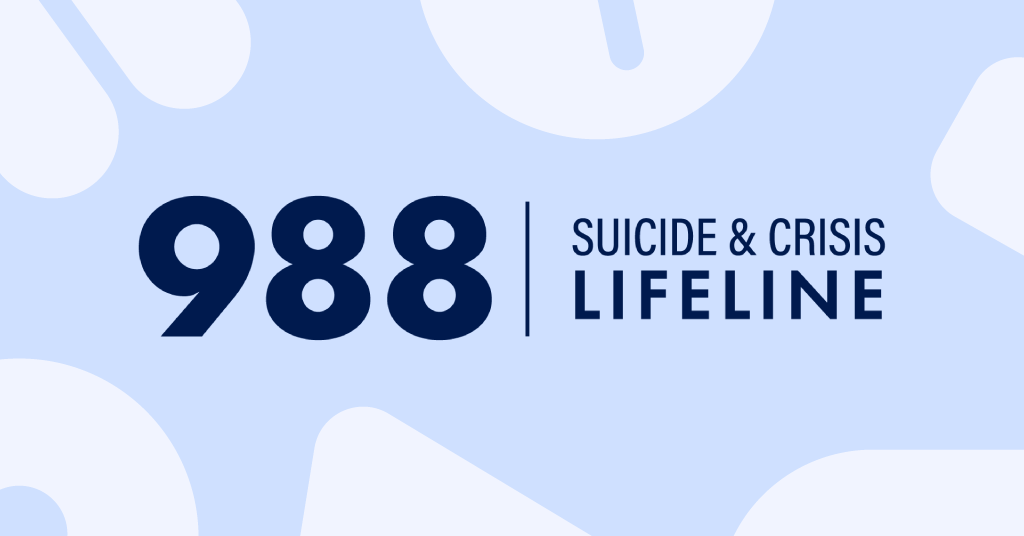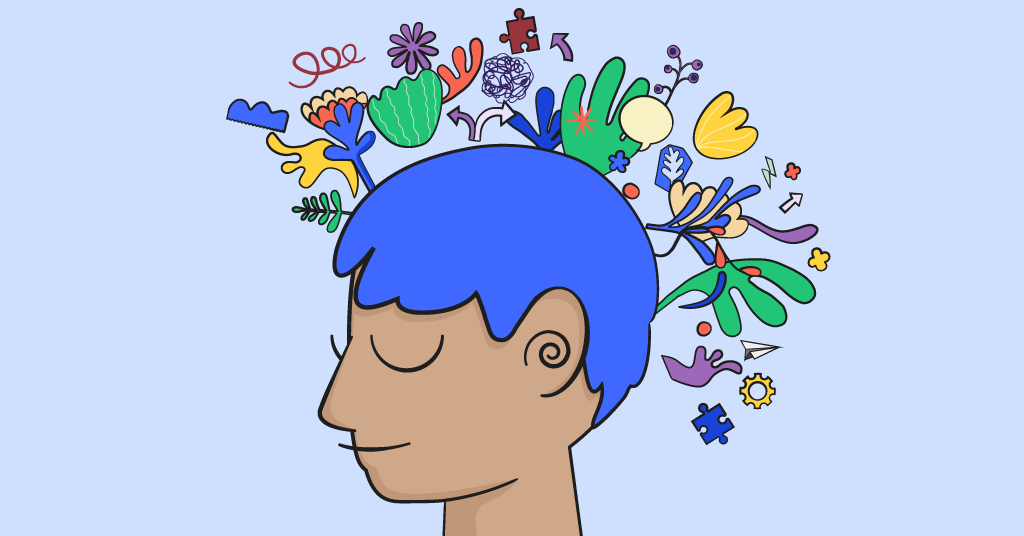Many parents may not know that suicide is currently the second-leading cause of death for kids 10 to 14, which is why it’s important to have open and honest discussions with your family about mental health. The 988 Suicide & Crisis Lifeline (988 Lifeline) is a free and confidential resource that your and your loved ones can call, text or chat when they need mental health support — and not just in emergencies.
What Is the 988 Lifeline?
Administered by Vibrant Emotional Health, one of the nation’s leading mental health organizations, and funded by the Substance Abuse and Mental Health Services Administration (SAMHSA), the 988 Lifeline launched in July 2022 to provide accessible and compassionate care and support to people across the US.
When someone calls, texts or chats the 988 Lifeline, they are connected to skilled counselors who can offer support, talk them through what they’re experiencing, and even guide them to local resources for more help.
Why 988 Matters for Families
It can be hard to know when your child is struggling with a mental health issue. That’s where the 988 Lifeline comes in — it’s a safety net for moments when your child (or anyone you care about) needs immediate support.
Whether your child is dealing with anxiety, depression, or even thoughts of suicide or harming themselves or others, the 988 Lifeline provides a literal lifeline to folks who are specifically trained to handle a variety of situations.
What to Expect When You Contact 988
One thing people may not realize is that anyone can contact the 988 Lifeline — it’s not just for someone in active distress. It’s also for people supporting others, too. When you contact the 988 Lifeline, you’ll be connected with a trained counselor who will listen, provide non-judgmental support, and offer resources for further help, if needed.
If you’re worried about emergency services being automatically called, don’t be — fewer than 2% of hotline calls require connection to emergency services like 911.
Learn the Warning Signs of Suicide
Some warning signs may help you determine if your child is at risk for suicide, especially if their behavior is new, has increased, or seems related to a painful event, loss, or change:
- Talking about suicide or dying
- Talking about feeling hopeless or having no reason to live
- Sleeping too much or too little
- Giving away personal possessions
- Withdrawing or isolating from family and friends
- Increasing substance use (alcohol or drugs)
- Extreme mood changes
You know your child best — if these symptoms don’t seem quite on point, but you still suspect something may be wrong, talk with them.
How Bark Helps with Emotional Well-Being
Bark provides daily ongoing support by helping you stay informed about what’s happening in your child’s digital world. Our award-winning monitoring service scans your child’s online activities – things like texts, emails, and social media posts — for potential issues. We detect dangers like suicidal ideation, online predators, bullying, depression, and more. You’ll get an alert if we find something concerning so you can check in and make sure everything is okay. Start your free, 7-day trial today.
Read more
Bark helps families manage and protect their children’s digital lives.






